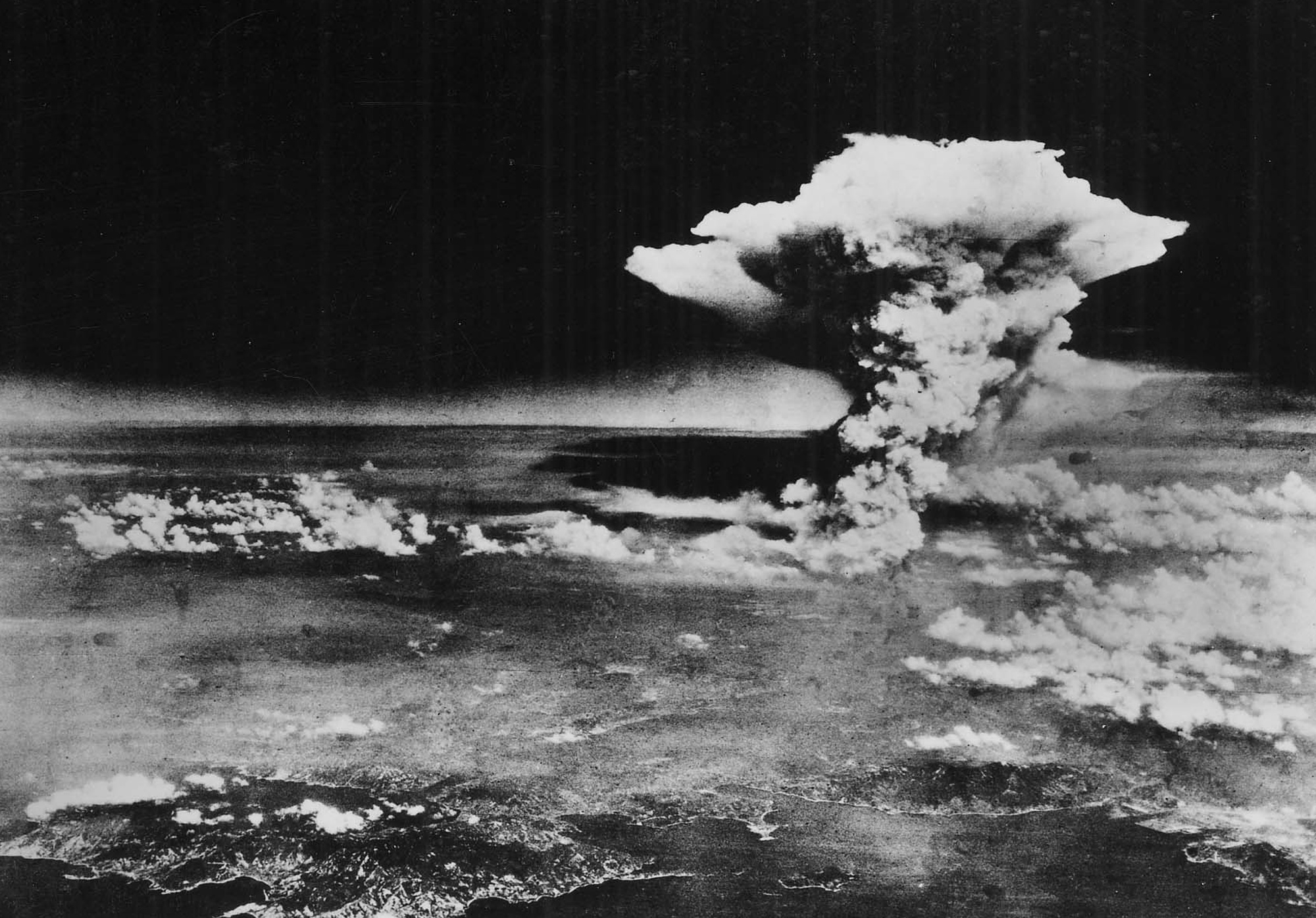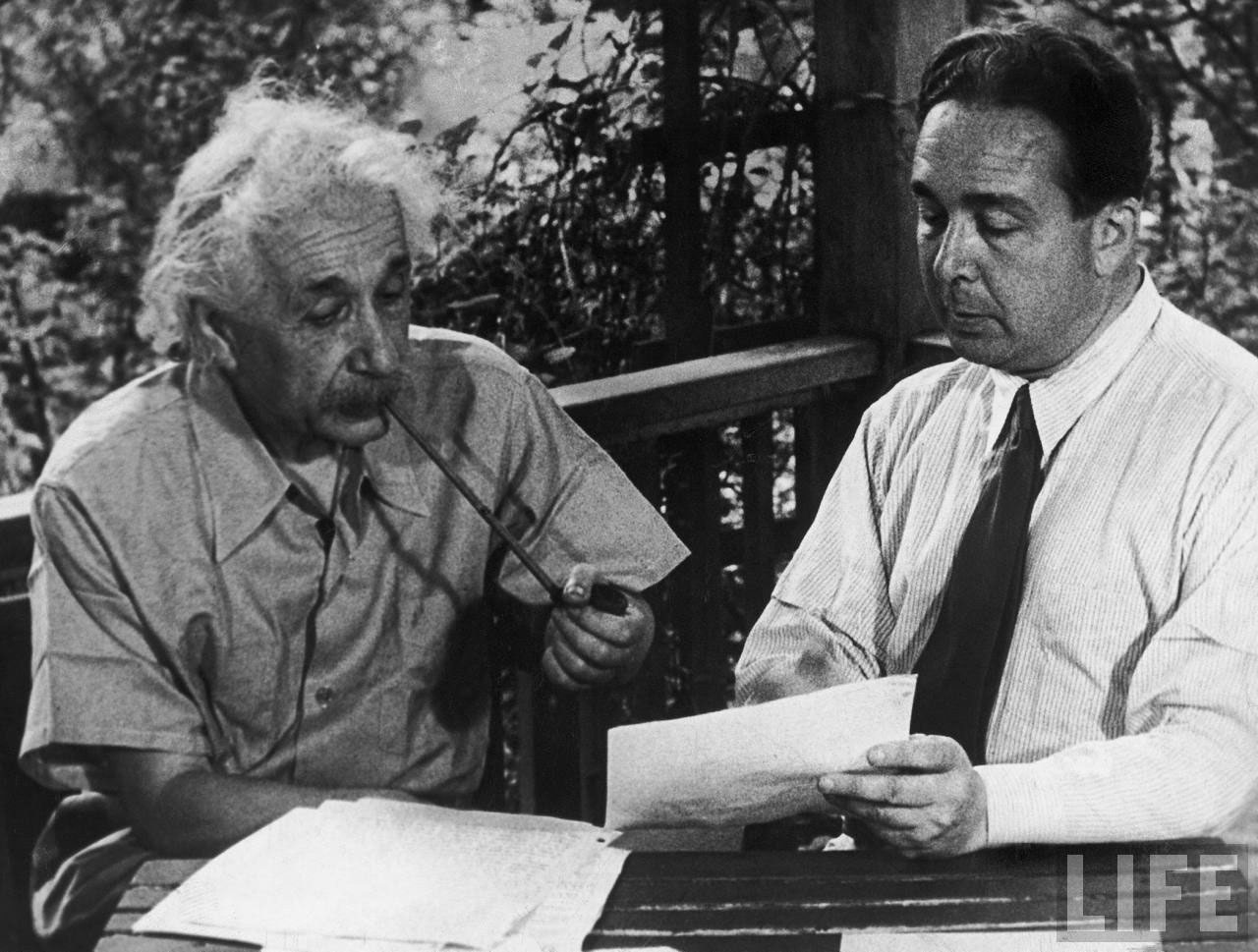The Manhattan Project Radicals and the Birth of the Anti-Nuclear Movement
Posted by Pete on 6th Aug 2019
Today is the anniversary of the bombing of Hiroshima, but many of the Manhattan Project scientists who helped create it were not fans of atomic weapons – they became the founders of the movement for nuclear disarmament. A movement that still soldiers on to this day.
74 years ago today, with World War II nearing its end, a US Air Force B-29 Superfortress called Enola Gay approached the Japanese port city of Hiroshima.
At a quarter past eight in the morning, it released its payload.
When that bomb detonated 44 seconds later, setting off the nuclear fission of about 140 pounds of Uranium-235, it caused two explosions.
One was terrifying and deadly – a shockwave which killed 70-80,000 human beings almost immediately.
The other was an explosion of protest, its impact reaching much further and lasting much longer.

The explosion that caused the deaths of up to 140,000 people, and triggered rebuttals and protests all around the world.
The Manhattan Project
Born from the ashes of Hiroshima was a global movement for nuclear disarmament.
But protest against the Bomb began before the devastation of Hiroshima — starting with the very Allied scientists who were building it.
Brought together through the ‘Manhattan Project’, these men and women had a better grasp of the murderous power of nuclear weapons than anyone else alive.
As such, many of them – even their boss, J. Robert Oppenheimer – became committed advocates of nuclear disarmament.
One of the best of these rebel scientists was the Hungarian physicist, Leo Szilard.

Above: Two great minds in action - Leo Szilard and Albert Einstein
Leo Szilard's fight for disarmament
A Jewish refugee to the US from Nazi-dominated Europe, he had drafted the famous ‘Einstein-Szilard Letter’ in August 1939.
Co-signed with his friend and fellow refugee, Albert Einstein, it successfully urged President Roosevelt to begin development of an atomic bomb before Nazi Germany could finish its own.
But, like many of his colleagues, Szilard grew uneasy at the horrifying nature of the weapon he was helping to build.
Once the Nazis were beaten in May 1945, Szilard drafted a petition to President Truman, imploring him to not use atomic weapons against Japan.
But despite being co-signed by no fewer than 70 Manhattan Project scientists, Szilard's petition was – tragically for the people of Hiroshima and Nagasaki – unsuccessful.
With the unleashing of the atom bomb, the protest of Szilard and his fellow scientists instead marked the birth of the movement for nuclear disarmament.
After the war and the growth of the movement
As mass movements like Britain’s Campaign for Nuclear Disarmament (CND – soon to be commemorated with a radical tea towel!) began to take off, Szilard and his fellow atomic scientists continued to lead the fight against nuclear weapons.
In the late-1940s, Oppenheimer pushed (unsuccessfully) against America’s development of a Hydrogen Bomb and called for international nuclear arms control.
Two years later, an ageing Albert Einstein co-signed a manifesto with the Welsh intellectual and co-founder of CND, Bertrand Russell, highlighting the existential threat to humanity posed by nuclear weapons and the collective effort it would take to prevent this.
Two of our own - Bea and Tim - were part of this effort when they joined the Greenham Common protests in 1982.

Check out this beautiful patchwork tea towel inspired by the Greenham Common Protests
From within the nuclear arms program, to working to destroy it
The Polish physicist, Joseph Rotblat – who had quit the Manhattan Project in 1944 when he realised it was to continue even after the Nazis had abandoned their atomic program – continued to agitate against nuclear weapons right up until his death in 2005.
He was awarded the Nobel Peace Prize in 1995:
“For efforts to diminish the part played by nuclear arms in international affairs and, in the longer run, to eliminate such arms.”
There were more Manhattan Project scientists – far too many to name – who committed themselves to the fight against nuclear weapons in the post-war world.
Their story does more than just lighten a day as dark as the anniversary of the first atom bombing.
It tells us that, while the Manhattan Project created the evil of nuclear weapons, it also shaped the human beings who began the fight to get rid of them.
